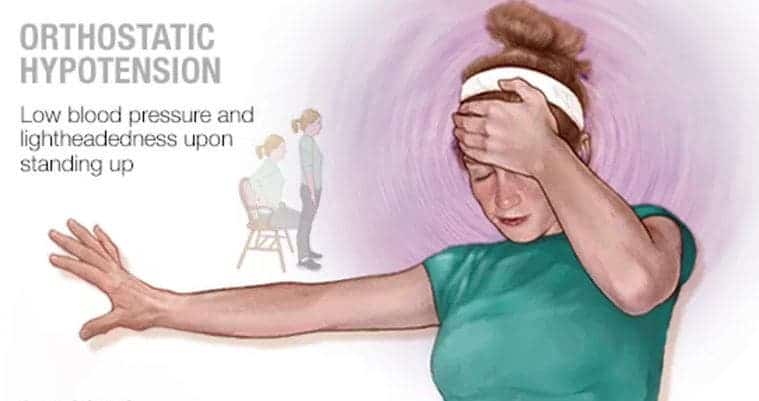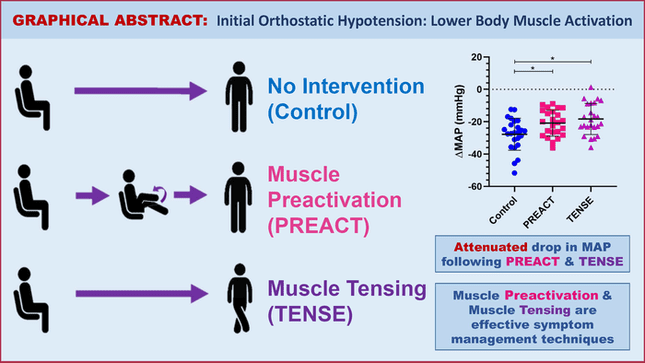
Abruptly standing up after sitting or lying down can induce a form of low blood pressure that can make us feel light-headed or woozy. It’s a common phenomenon with an uncommon name: orthostatic hypotension.
Although it’s generally harmless and short-lived, orthostatic hypotension can sometimes cause people to faint and some individuals experience it routinely, which affects their daily function. If severe, the dizzying phenomenon can also be a sign of an underlying health condition.
Satish Raj, a heart rhythm cardiologist at the University of Calgary in Canada, works with severe cases of orthostatic hypotension on almost a daily basis at his clinic. Apart from telling them to drink more water or switch medication, there wasn’t much he could do to improve the patients’ symptoms, so he wondered if he could devise a new intervention.
When we stand up after sitting or lying down for a while, blood rushes towards our legs because of gravity. But the body also has to work to push blood upward to supply the brain with oxygen. The sudden activation of the leg muscles causes blood vessels to open wider for a few moments in order to compensate for the abrupt uptick in demand, which can cause a rapid drop in blood pressure and accompanying dizziness.
Raj and colleagues believed this orthostatic hypotension could be avoided if the muscle reflex was activated early. They put this idea to the test in an experiment involving 22 volunteers with severe orthostatic hypotension who performed two simple types of movements.
One method involved raising the knees one at a time for up to 30 seconds while seated before standing up. The other involved tensing the lower limbs, by crossing the legs and clenching the thighs and butt.

Compared to the participants who stood up with no intervention, the volunteers using the two methods improved their blood circulation and self-reported orthostatic hypotension symptoms.
“It’s free, it doesn’t have any drug side effects, and it’s totally within their control, which I think a lot of patients like,” Raj told Gizmodo.
As a caveat, the trial involved a small sample size of fewer than two dozen participants — all of whom were women. The volunteers were selected on a first-come-first-served basis and the fact that women jumped on the opportunity so quickly may suggest they are disproportionately affected by orthostatic hypotension.
This is why the researchers would like to conduct large-scale trials to determine the efficacy of the new therapy and prompt government and health-related organizations to endorse the two techniques. In the meantime, Raj has introduced the techniques to his patients at the clinic, most of whom have informally reported similar success to the study participants.
The findings were reported in the journal Heart Rhythm.









